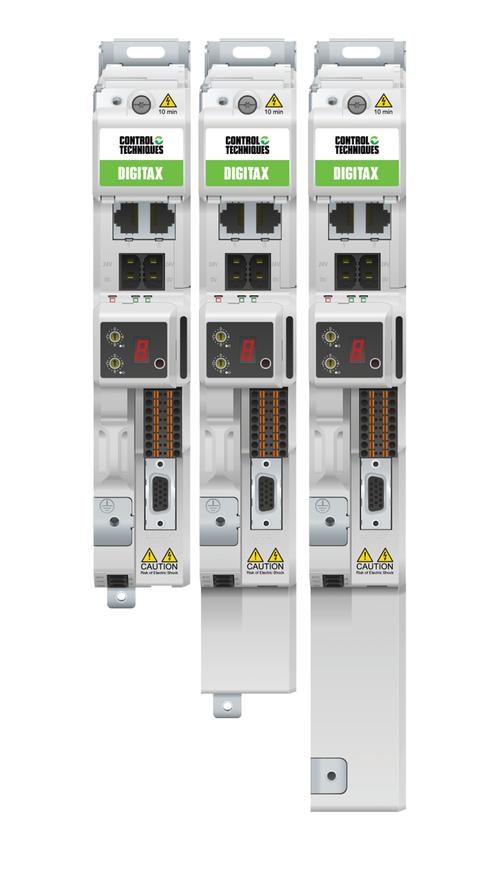
Understanding Control Systems: A Detailed Guide for You
Control systems are an integral part of various industries, from aerospace to automotive. They are designed to manage, command, and direct the behavior of other systems or processes. In this article, we will delve into the intricacies of control systems, exploring their types, components, and applications. So, let’s embark on this journey of discovery, tailored specifically for you.
Types of Control Systems
Control systems can be broadly categorized into two types: open-loop and closed-loop systems.

| Open-loop Control Systems | Closed-loop Control Systems |
|---|---|
| Simple and less expensive to implement | More complex and costly to implement |
| No feedback mechanism | Feedback mechanism to adjust the output |
| Not very reliable | More reliable and stable |
Open-loop control systems operate without any feedback mechanism, making them simpler and less expensive. However, they are not very reliable and may not be suitable for critical applications. On the other hand, closed-loop control systems use feedback to adjust the output, making them more reliable and stable. They are commonly used in critical applications, such as aerospace and automotive industries.
Components of Control Systems
Control systems consist of several components that work together to achieve the desired outcome. Let’s take a closer look at these components:
- Input: The input is the signal or data that is used to control the system. It can be a voltage, current, or any other physical quantity.
- Controller: The controller is responsible for processing the input signal and generating the appropriate output. It can be a simple on/off switch or a complex algorithm-based controller.
- Plant: The plant is the system or process that is being controlled. It can be a physical device, such as a motor or a chemical process.
- Output: The output is the result of the controlled system. It can be a physical quantity, such as speed, temperature, or pressure.
- Feedback: Feedback is the process of comparing the actual output with the desired output and adjusting the control signal accordingly.
These components work together to ensure that the controlled system operates as intended. For example, in an automotive engine control system, the input could be the throttle position, the controller could be the engine control unit (ECU), the plant could be the engine, and the output could be the engine speed.
Applications of Control Systems
Control systems find applications in various industries and everyday life. Here are some notable examples:

- Aerospace: Control systems are used in aircraft to control flight parameters such as altitude, speed, and direction.
- Automotive: Control systems are used in vehicles to manage engine performance, transmission, and stability.
- Chemical Industry: Control systems are used to regulate processes such as temperature, pressure, and flow rate in chemical plants.
- Manufacturing: Control systems are used in manufacturing processes to ensure consistent quality and efficiency.
- Heating, Ventilation, and Air Conditioning (HVAC): Control systems are used to regulate temperature, humidity, and air quality in buildings.
These applications highlight the versatility and importance of control systems in modern society.
Conclusion
Control systems play a crucial role in managing and directing the behavior of various systems and processes. By understanding the types, components, and applications of control systems, you can appreciate their significance in various industries and everyday life. So, the next time you see a car accelerating smoothly or an aircraft soaring through the sky, remember the marvel of control systems that make it all possible.



